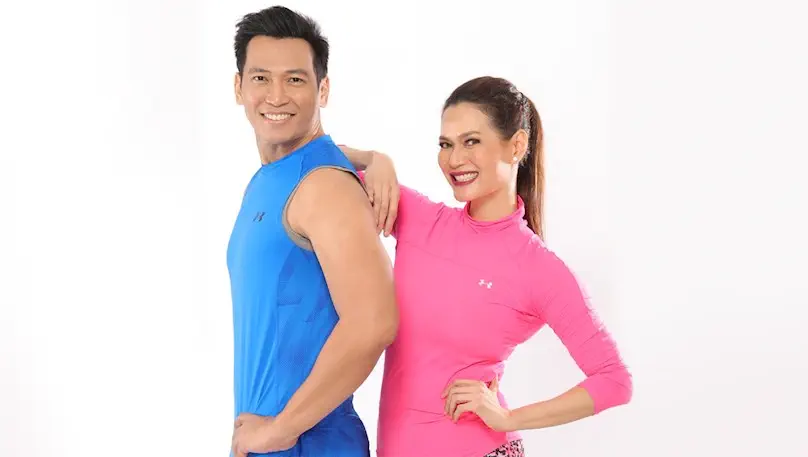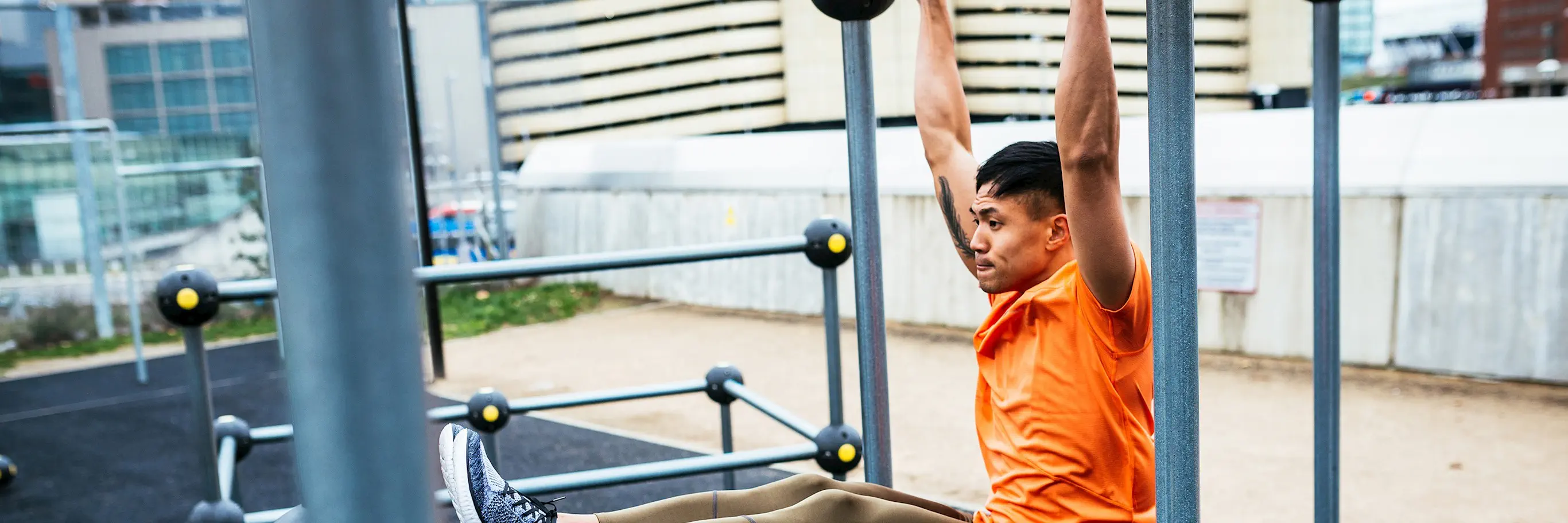
What you get wrong about exercising
Coaches Jim and Toni Saret shatter misconceptions about exercise and offer quick and effective workouts for your fitness goals.
Everyone needs to have goals. But everyone also tends to come up with excuses to postpone achieving them—especially when the goals involve physical effort.
If we are to begin nurturing our health and wellbeing by subscribing to an exercise program, we must first dispel misconceptions about workouts and getting fit. Before you enroll in a gym or start picking up weights, let’s dispel some myths because when done wrong, exercise can be ineffective or, worse, cause serious injury.
Here are misconceptions and what Science says instead:
Myth: Go hard or go home. You have to push yourself hard to get results.
Truth: Follow the SAID principle: Specific Adaptation to Imposed Demand. It means the body will respond according to the amount of stress or challenge you give it.
People have different stress/difficulty levels depending on the current fitness level. Sedentary people will reach this level faster than fit people. But as you exercise more often, your body gradually adapts and gets stronger, pushing the difficulty level, too. You then need to gradually increase the intensity of your exercise until you reach a level of comfort again. It’s an ongoing cycle as you get stronger. For sedentary people, 10 squats achieve the same results for an advanced fit person doing 20 burpees. Go at a pace and intensity you are comfortable with until your body adjusts.
Myth: You have to lift heavy or use expensive, high-tech machines to get results.
Truth: The body doesn’t know the brand or price of the equipment you are lifting, running on or what you’re wearing to the gym. It can't even determine how heavy your resistance or weight is. All it knows is that it is getting challenged. Unless you are, say, a competitive cyclist or marathoner where the proper bike or shoe might play a pivotal role, the type of equipment you have doesn’t matter. Following the SAID principle, your body will respond when you feel the stress/difficulty regardless of equipment. It doesn't matter if you run on a P1-million treadmill or along EDSA. You get results only if you push your body.
Myth: You have to work out for hours to get results.
Truth: You don’t need to open and close the gym to see results unless, of course, you’re a bodybuilder or in a sport that requires you to spend hours lifting. Numerous workout programs address efficiency. You don't have to work out for an hour or longer to get your daily fitness dose.
Some examples include HIIT, Metabolic Workouts, and CrossFit. Depending on your fitness goals, you can get results even with workouts as short as 1 to 4 minutes. You have to work out according to your fitness level to get the best results. Working out too little will likely be a waste of time, while working out too much may cause injury or burnout.
Myth: Just follow your workout plan and you’re good to go.
Truth: People tend to forget that exercise and nutrition go hand in hand. You can’t just counter an evening of bingeing with hours at the gym after. This is a one-way ticket to wrecking your body. Your physical health is the product of proper exercise, balanced diet, and even your emotional, mental, and financial (yes) wellbeing. Our best advice? Don’t neglect one for the other.
3 Simple Nutrition Advice
1. Eat healthy. Always observe a balance of healthy and unhealthy food (we can’t avoid it).
2. Minimize unnecessary/zero nutritional calories. This includes artificial drinks and junk food.
3. Invest in a large reusable water container. Bring it with you wherever you go and drink water as often as you can throughout the day. It will help curb hunger while you’re exercising and keep you hydrated.
But is that all there is to achieving total wellbeing? No. Aside from physical wellbeing, we must also work on the other three aspects—emotional and mental, social and financial wellbeing.
The steps to take care of your physical wellbeing are similar to the steps you can take to start improving your financial wellbeing. You can start with the simple steps. You can start saving small amount of money and you can start living a healthier life by starting with simple exercises. Start with the basic stretching and breathing exercises, try and explore 1-minute workouts, do it regularly, develop your own routine and that’s where you can level it up.
Always remember that the key to progress is consistency, discipline, and the minutes you put in.







